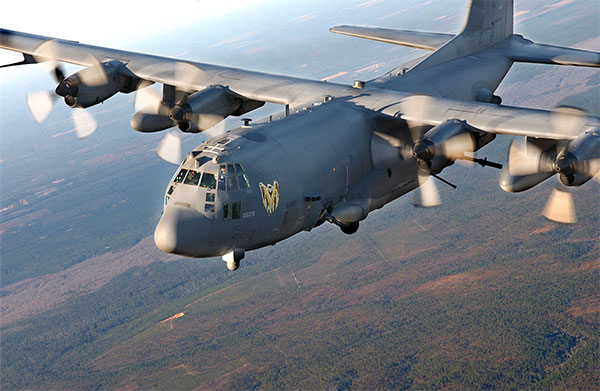
In the early hours of October 19–20, 2001, just weeks after 9/11, U.S. Special Operations Forces launched Operation Sword Strike — the first major American ground assault in Afghanistan. Its targets, Objectives Rhino and Gecko, marked the opening chapter of the Global War on Terror.
Objective Rhino
Under the cover of darkness, 200 Rangers from the 3rd Battalion, 75th Ranger Regiment parachuted onto an airstrip south of Kandahar. The assault force seized the site, established a forward operating base, and demonstrated that U.S. forces could strike anywhere, at any time. Rhino became the launch point for future missions deeper into Taliban territory.
Objective Gecko
Simultaneously, Special Mission Unit operators conducted the longest helicopter assault in history, targeting a compound believed to house Taliban leader Mullah Omar. Though Omar had fled, the mission sent a clear message — there would be no safe haven for those who harbored terrorism.
The PSYOPS Message: A Warning to the World
In the days that followed, the Department of Defense released night-vision footage of the Ranger jump and the assault on Objective Rhino as part of a global psychological operations (PSYOPS) campaign. Broadcast across major news outlets, the video showed American aircraft and paratroopers striking deep inside Afghanistan.
The message was unmistakable: the United States was on the offensive — capable, determined, and ready to bring the fight to the enemy’s doorstep. The footage became one of the most widely circulated visuals of the early war, reinforcing both national resolve and international awareness of U.S. Special Operations capabilities.
Sword Strike’s objectives, and the strategic communication that followed, showcased the courage, precision, and readiness of the Special Operations community. Many who took part in those early missions would go on to serve — and sacrifice — in the years that followed.
There are certain tactical details that remain classified to this day, such as exact insertion times, communications logs, and specific after-action reports from participating units.
All information in this article is drawn from publicly available, declassified sources, including U.S. Army historical records and open-source journalism.
Sources:
- Weapon of Choice, ARSOF in Afghanistan
- Business Insider – The Story of the First Special Ops Mission in Afghanistan After 9/11 (2020)
- Youtube: American Special Forces Invade Afghanistan

